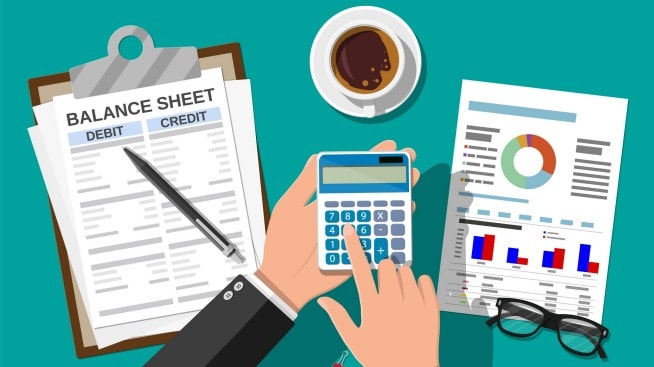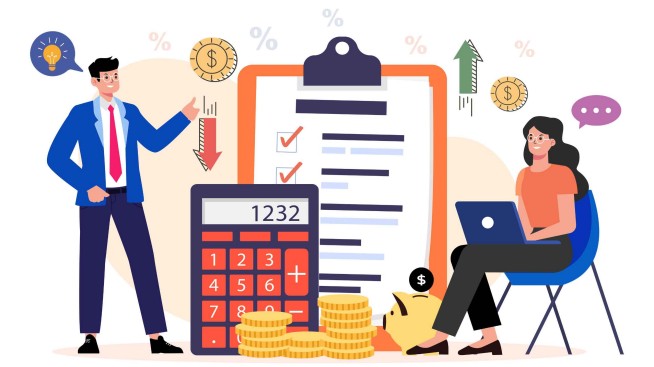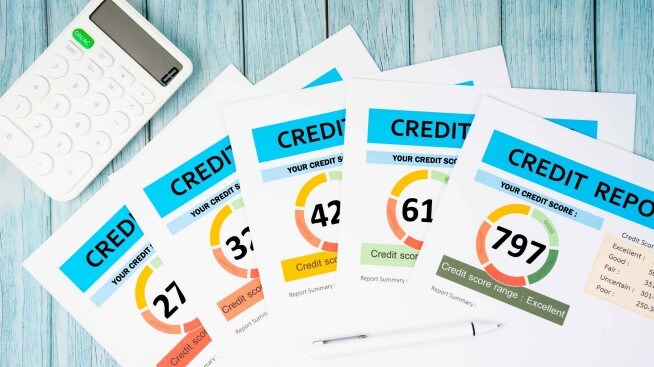What is a thin credit file?

Highlights:
- A thin credit file is a colloquial term used to describe a lacking credit history.
- If you do not have enough credit history to establish a credit score, your profile may be considered “thin.”
- Having a robust credit file can help you gain access to more financial opportunities.
If you could put your credit history into an old portfolio, how thick would it be?
If you’re just starting out on your financial journey or haven’t opened up a line of credit, you may have a “thin” credit file. This means you might not have enough credit information for the credit agencies to generate an actual credit score.
Your credit report tells a story about your credit — your history, how many accounts you have and much more. To learn more about your credit report and credit score, you can enroll in Chase Credit Journey®, a free online tool that anyone, including non-Chase customers, can use.
If you don’t have a long (or any) history or have few lines of credit, you may have a thin credit profile. While this isn’t necessarily a bad thing, it can potentially prevent you from unlocking future financial opportunities (like higher credit limits or approvals for loans). If you think you have a thin credit file, don’t worry — you're not alone.
In this article, you will learn about:
- How a thin credit file affects you
- Who is typically affected by a thin credit file
- How to fix a thin credit file
How can a thin credit file affect you?
Credit history and credit mix count towards your credit score. If you have a thin profile, you may struggle to achieve a higher credit score, and sometimes when you're just starting out, there might not be enough information about your credit behavior to generate one. As a result, you might have a harder time getting lower interest rates, higher credit limits and approvals for most loans and credit cards.
While having a thin file isn’t necessarily a negative thing, it’s important to understand how to responsibly build credit, establish a strong credit history and improve your credit score.
Who is typically affected by a thin credit file?
Anyone who doesn’t have a long credit history can be affected by a thin credit file. Some examples of people who can have a thin credit file are:
- Those who are new to credit (for example, those who just applied for their first credit card)
- Recent immigrants to the U.S.
- Those who use their debit cards more than their credit cards
It’s normal if you have a thin credit profile when you’re first starting out, because you’re just building up your credit history. However, it might be a good idea to try to achieve a larger and more robust file.
How to build up a thin credit file
If you have a thin credit file and you’re looking to change that, there are a few steps you can take to help accomplish this goal. One way is by enrolling in Credit Journey®, where you can receive access to resources and information about your credit and ways to improve it.
Additionally, you may want to consider doing the following:
- Apply for your first credit card, one that doesn’t require a high credit score. Note: More is not always better. It's not recommended that you apply for multiple credit cards at once, as hard inquiries can hurt your credit score.
- Start small and make consistent payments with your credit card. For example, you may pay your cable bills, internet, phone, utilities, etc. Make sure these bills are in your name so they appear on your credit history.
- If you have both a debit card and a credit card, consider using your credit card more often. A credit card also allows you to complete a transaction and helps you create a credit history whereas debit card transactions generally don’t impact your credit score. Just make sure to pay your credit card bills on time each month.
- If you need help building your credit history, consider becoming an authorized user on another person's account.
In summary
If you have a thin credit file, there may be ways you can break through the potential barrier and build up your credit history. It may take time, but with patience and a track record of consistent, on-time payments, you can ease into a bigger credit profile and enjoy some of the benefits that can come with a stronger foundation, such as the potential for an improved credit score and lower interest rates. Remember, start small. You don’t need to apply for several credit card accounts (in fact, this could hurt you) right away to get to where you want to be.



